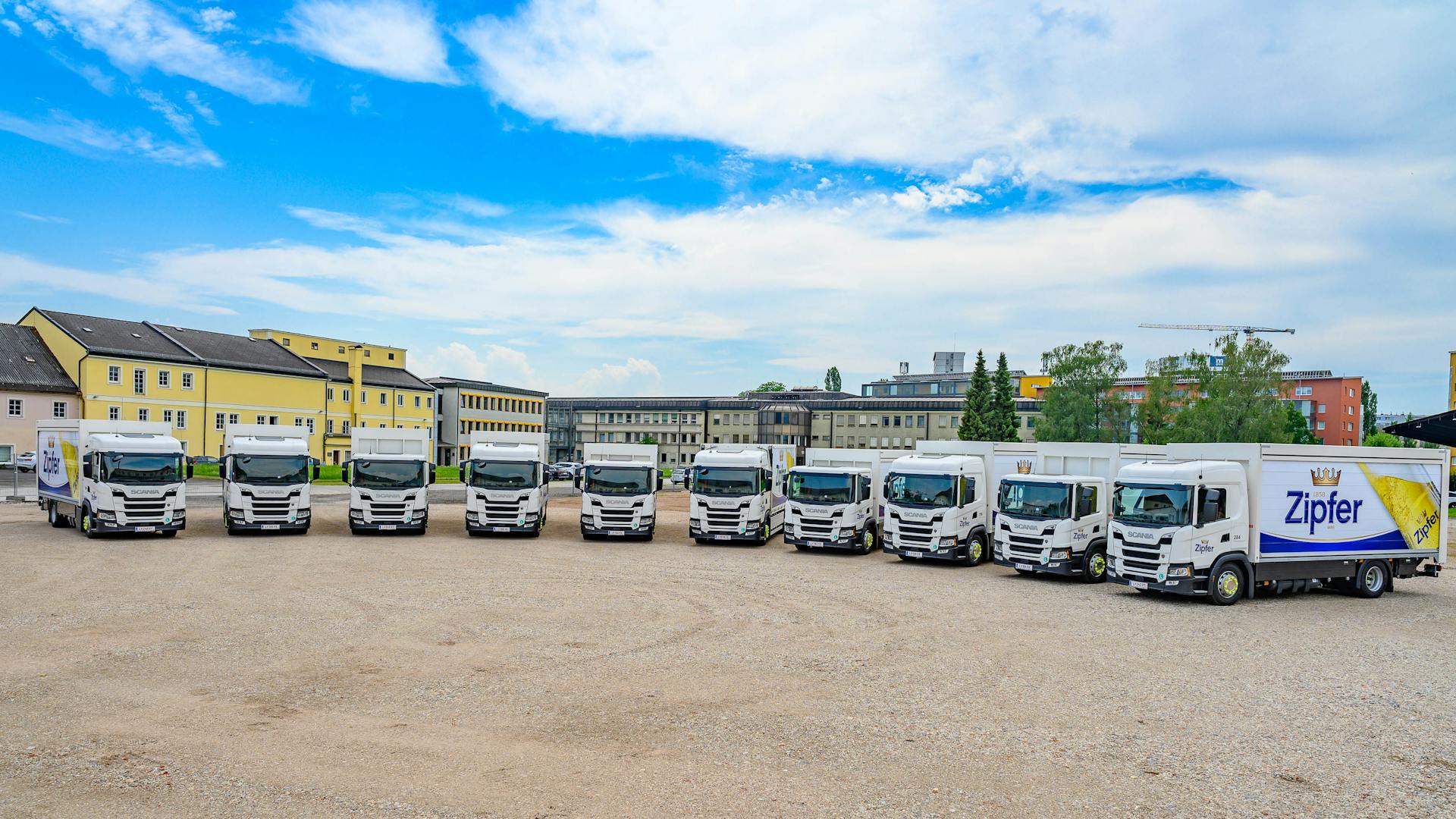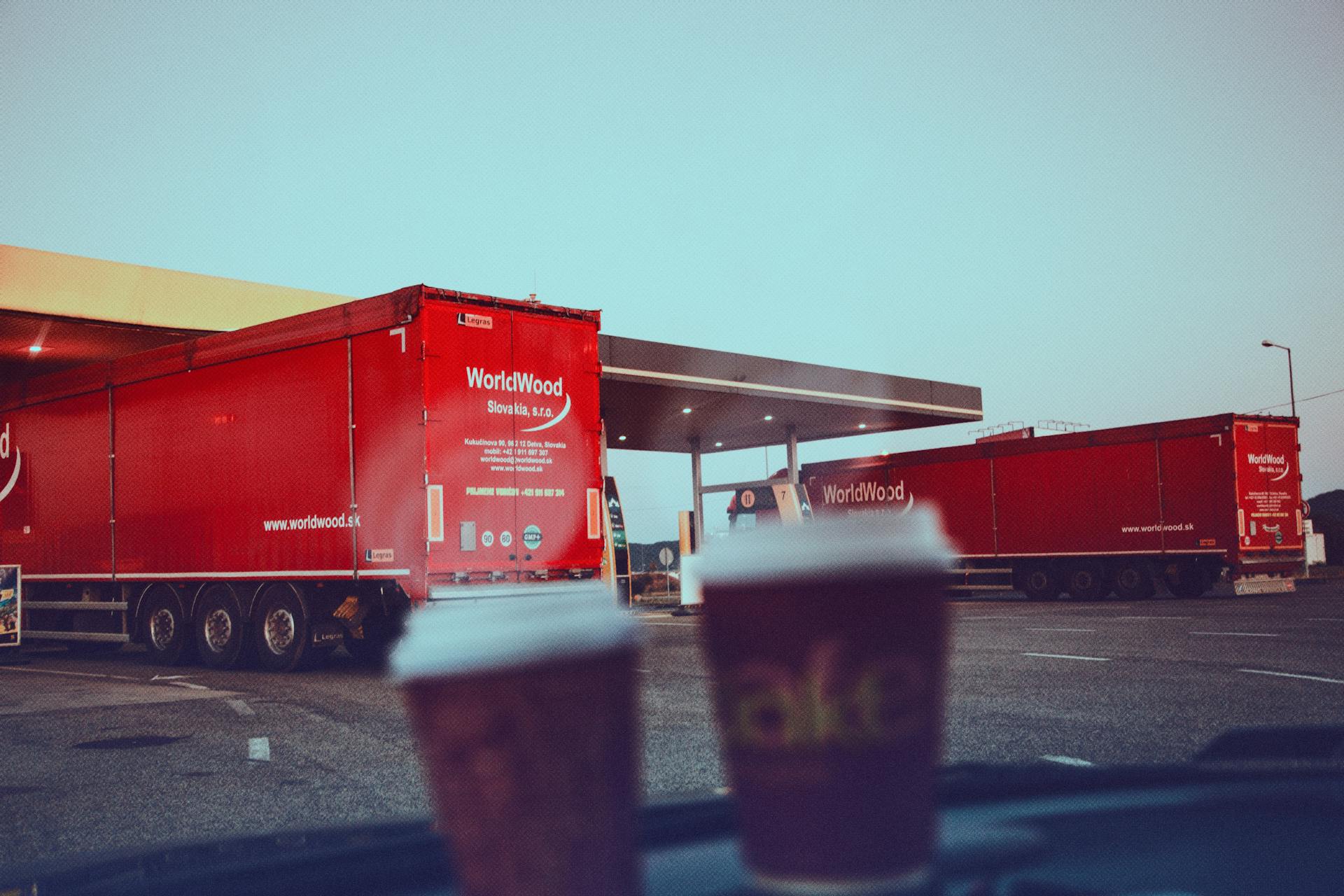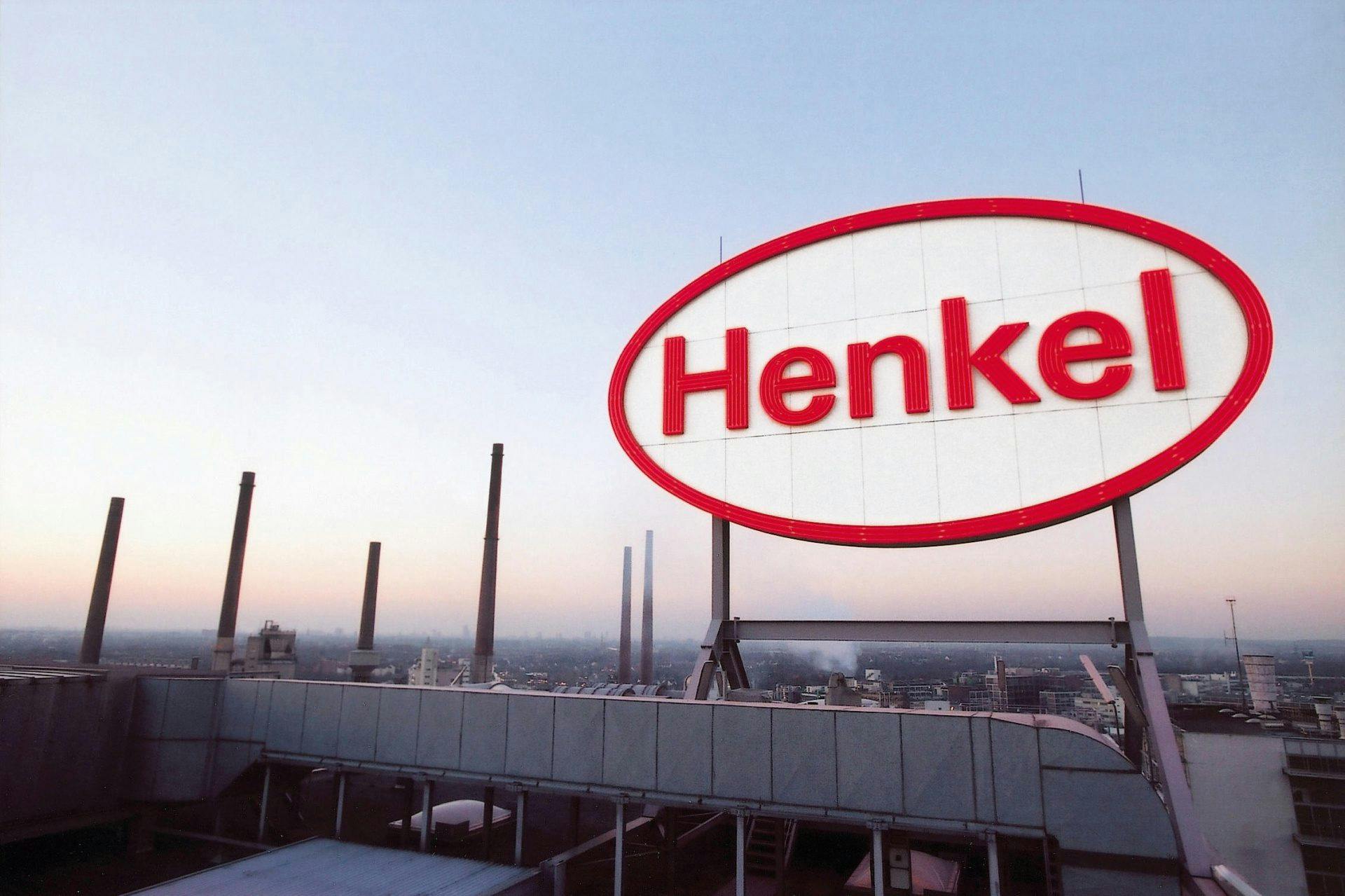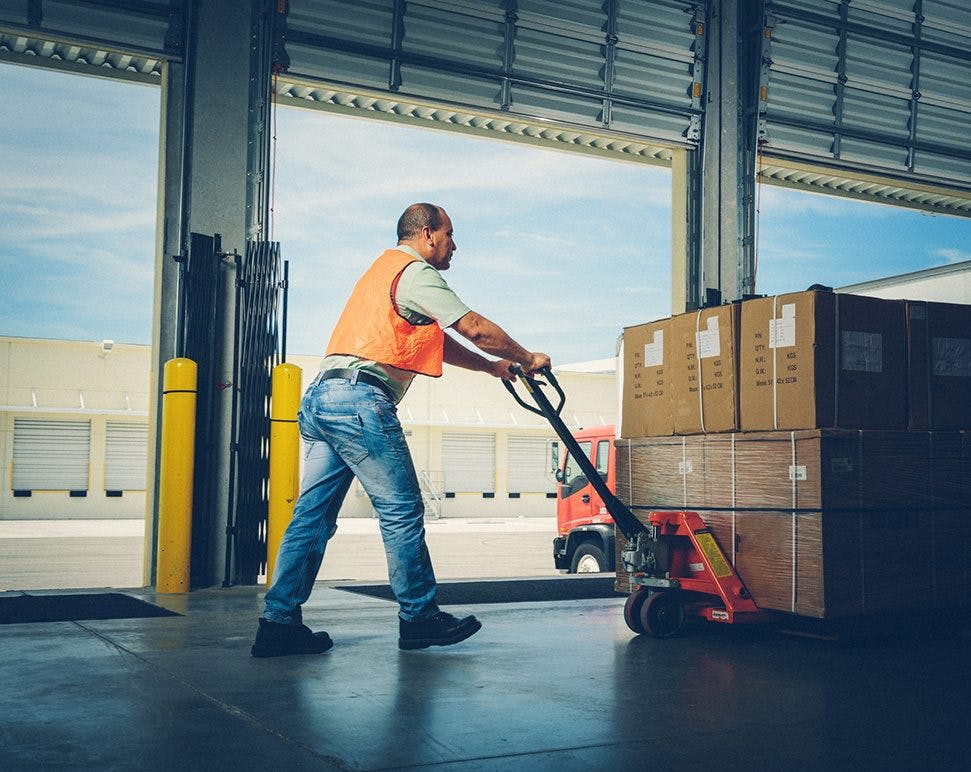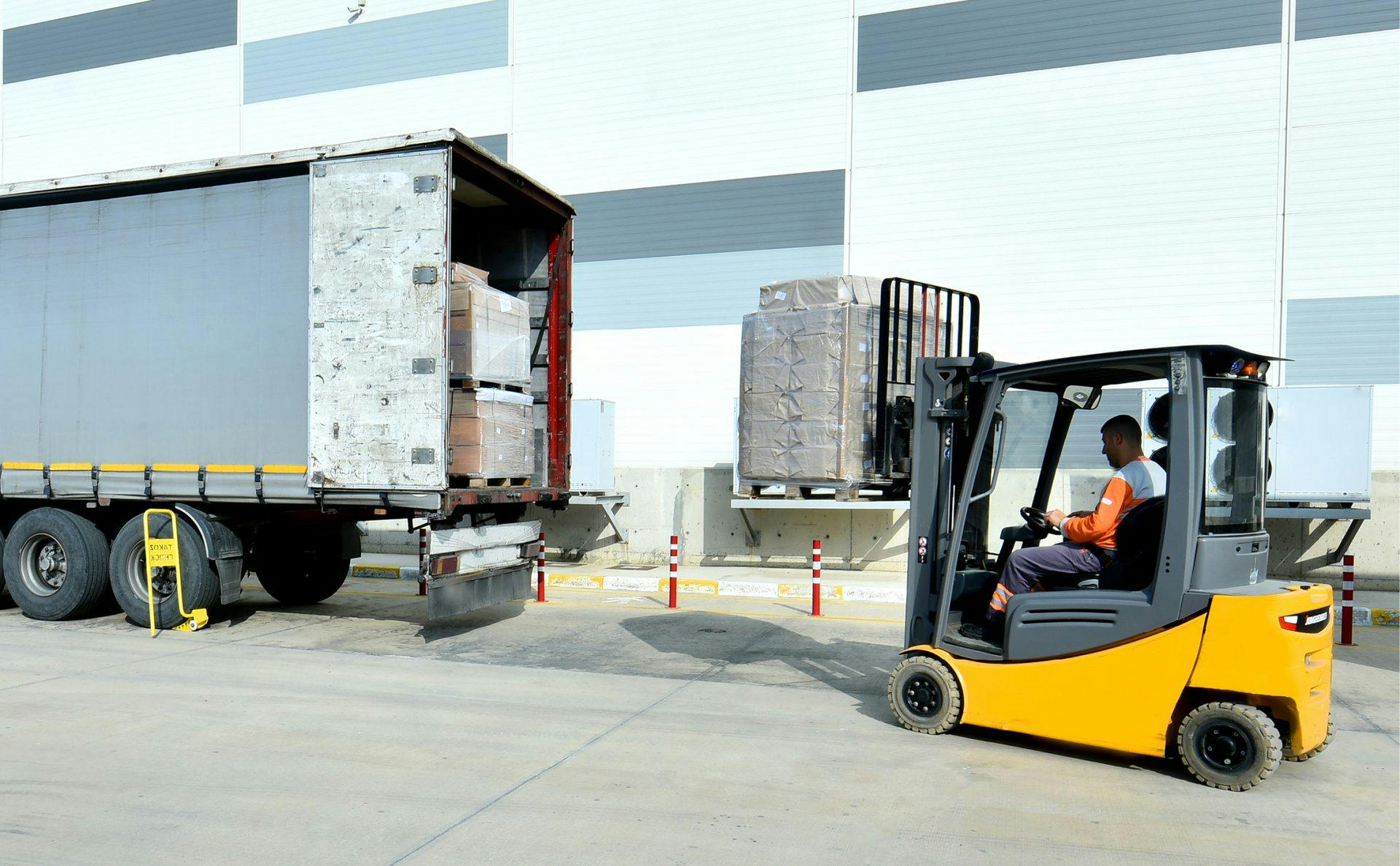Optimizing Direct Store Delivery
Every business must tackle a significant challenge: ensuring their products reach customers efficiently. With the right distribution strategy, operations run smoothly, creating a win-win situation for all parties involved. This is particularly crucial in today's demanding retail environment, where consumer expectations keep soaring and there’s zero tolerance for slip-ups.
So how can you build a robust distribution strategy? How can you streamline the journey of your products from the factory to the store? And where do technology and data-driven insights fit into this optimization puzzle?
The answer lies in direct store delivery (DSD) — a time-tested solution that has powered the logistics success of some of the biggest names in the industry, from Coca-Cola to Nike. If you too want to make your operations work smarter, keep reading.
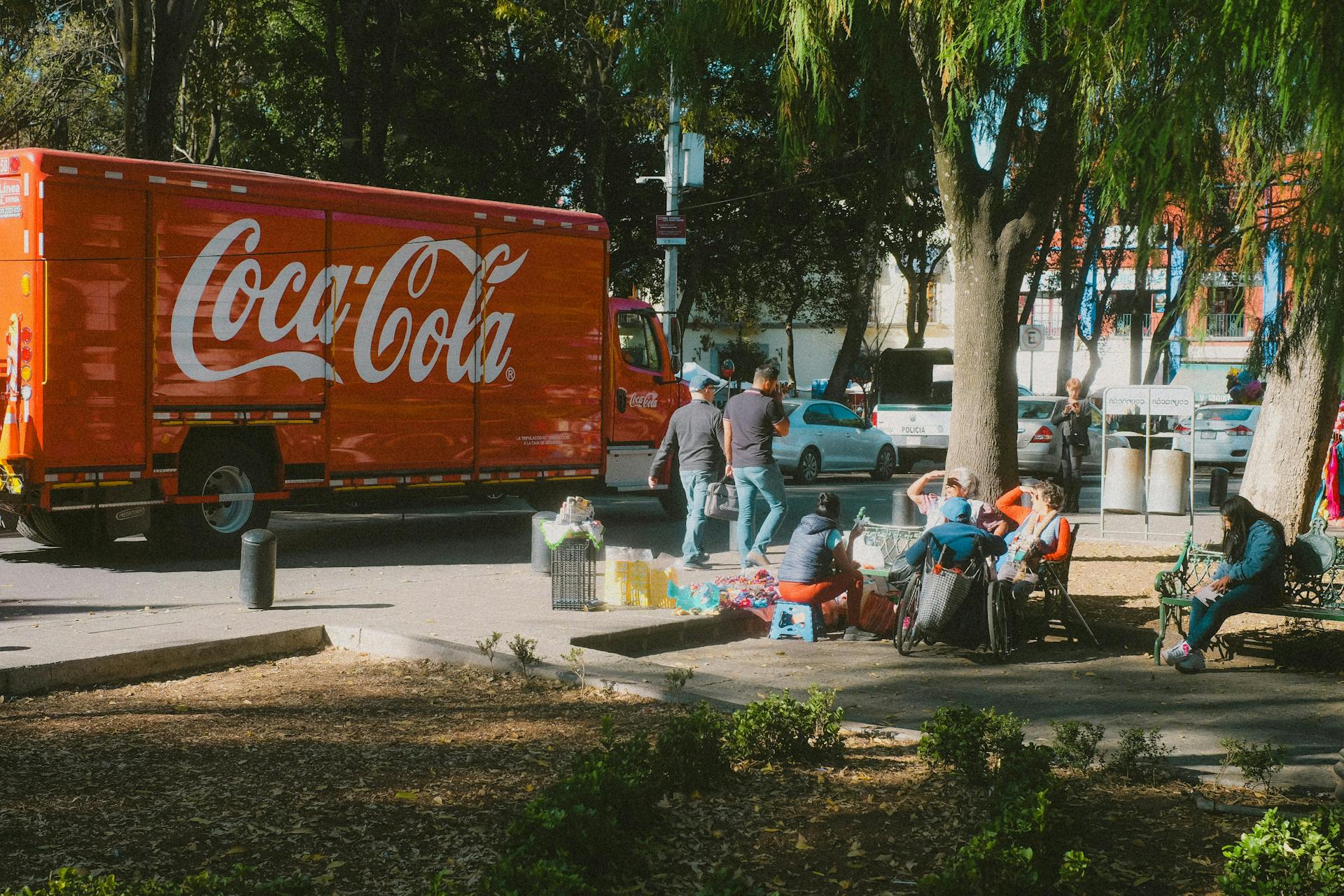
What Is Direct Store Delivery?
Direct store delivery is a distribution strategy focusing on shipping products straight from the supplier or distributor to the retail store. By bypassing the retailer's warehouse or distribution center, DSD eliminates intermediary steps — paving the way for an efficient and streamlined delivery process. This model isn't limited to any specific type of goods but is particularly effective for fast-moving consumer products such as food, beverages and personal care items.
Why has DSD become such a notable player in the realm of distribution? Simple — because of its ability to enhance inventory management, minimize stock shortages and overstock. It also helps ensure that the right products are readily available for consumers when they need them.
But how does DSD fare when compared to traditional store delivery planning? The main distinction is found in the level of control and efficiency. With DSD, the reins of product delivery and display at retail outlets remain firmly in the hands of the manufacturers and distributors, offering a unique advantage in the retail landscape.
Direct store delivery is a distribution strategy focusing on shipping products straight from the supplier or distributor to the retail store.
Navigating Modern Retail and Wholesale Complexities
In the fast-paced world of modern retail and wholesale, businesses face several challenges:
- Enhancing customer experience while reducing costs: A key challenge is to balance cost savings with customer satisfaction. The direct store delivery (DSD) model can be a powerful tool in this respect. It allows for efficient inventory management and delivery, reducing operating costs while ensuring products are readily available to customers.
- Managing increased store numbers, limited space and product replenishment: With an expanding number of stores and limited storage space, managing inventory becomes a significant hurdle. DSD simplifies this process, reducing the need for large storage spaces and facilitating timely product replenishment.
- Balancing cost and service trade-offs with low supply chain visibility: The absence of clear visibility into the supply chain can result in inefficiencies, excess inventory and increased expenses. DSD enhances visibility and control over the delivery process, potentially lowering distribution costs and improving service levels.
- Adapting to ever-changing consumer preferences and expectations: Consumer tastes can change rapidly, and businesses need to adapt swiftly to stay competitive. DSD allows for quick adjustments in product offerings to match changing demand, keeping pace with consumer trends and maintaining customer satisfaction.
How ORTEC's Direct Store Delivery Solutions Make a Difference
Transitioning to a DSD model isn’t just eliminating the distribution center from the equation. It's a strategic shift requiring a combination of careful planning and innovative tools to optimize operations. When you use ORTEC, you’ll experience the difference of:
- Optimizing timing and number of deliveries: Efficient scheduling is at the heart of a successful DSD model. ORTEC's solutions aid in meticulous planning, ensuring goods arrive exactly when and where needed, cutting down on redundant deliveries.
- Utilizing advanced algorithms for optimal routing plans: The route a delivery vehicle takes can significantly influence time, cost and fuel efficiency. ORTEC's advanced algorithms pave the way for smart routing — minimizing drive times and enhancing operational efficiency.
- Implementing supply chain visibility and process standardization: Comprehensive visibility into the supply chain is an integral part of efficient DSD. ORTEC's solutions provide an all-encompassing view of your supply chain, from inventory status to delivery tracking. Standardizing processes forms another key component, eliminating inefficiencies and reducing error risks.
- Enabling data-driven decision-making for informed business strategies: In the DSD landscape, data is a powerful tool for decision-making. ORTEC's solutions empower businesses to make decisions rooted in data, offering insights that shape business strategies, improve profit margins and drive customer satisfaction.
- Pallet and load building: Using the most advanced algorithms available in the market, our software provides optimized packing and loading proposals for cartons, pallets, trucks, and containers, enabling you to streamline your shipping and transport activities. It provides results in seconds and includes detailed graphic instructions for your warehouse and shipping operations.
Transitioning to a DSD model isn’t just eliminating the distribution center from the equation. It's a strategic shift requiring a combination of careful planning and innovative tools to optimize operations.
The Results
Embrace a DSD solution and you’ll witness:
- Improved end-to-end collaboration: ORTEC's solutions promote cooperation throughout the supply chain by simplifying processes and enhancing visibility, encouraging innovative problem-solving and efficiency.
- Enhanced supply chain visibility and efficiency: A 360-degree view of your supply chain facilitates informed decisions, avoids potential roadblocks and ensures an uninterrupted flow of goods from the production line to the retail shelf.
- Lower costs and reduced CO2 emissions: Efficient delivery routes and schedules lead to less fuel consumption — translating into lower operational expenses and a reduced environmental footprint.
- Tailored solutions to meet unique retail and wholesale needs: Recognizing that every business is unique, ORTEC's solutions are tailored to your specific needs, ensuring your DSD model reaches its maximum potential in efficiency and effectiveness.
Get Inspired by Our Customer Success Stories
To improve their SAP transport management and beer logistics processes across eight breweries and 24 distribution centers, Brau Union Austria sought an SAP-integrated solution. With ORTEC’s SAP Add-On for Route Planning Software, they achieved an efficient cost structure, increased planning transparency and flexibility, and gained more control over a digitized logistics process.
